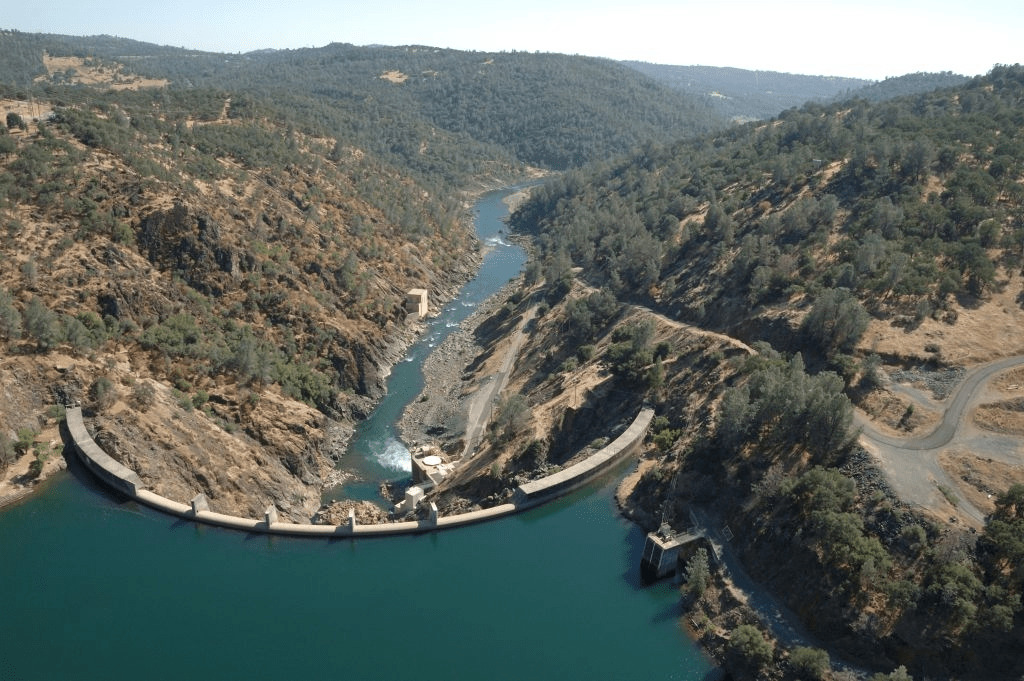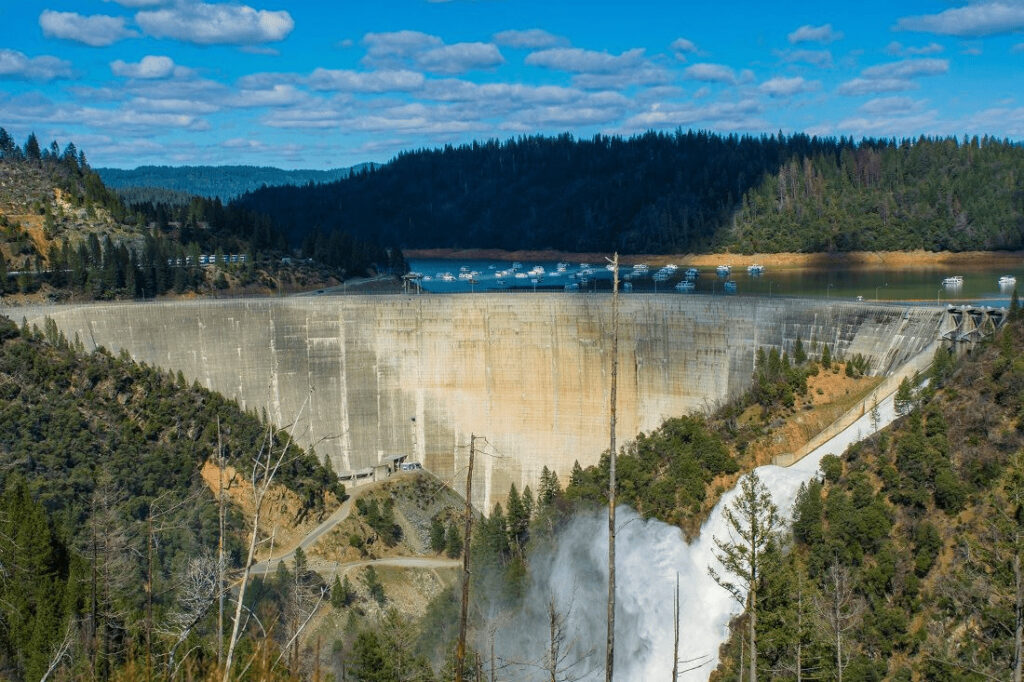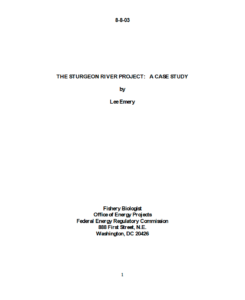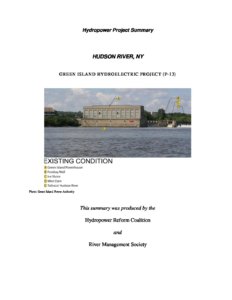Challenging the Hydropower Clean Energy Future Act: SYRCL’s Perspective
The South Yuba River Citizens League (SYRCL) believes it is crucial to address environmental issues with transparency and a commitment to facts. That is why we question some of the assertions made by hydropower providers as to the environmental benefits of their product.
In particular, we have some issues with the “science” behind their assertions and how that is behind the Hydropower Clean Energy Future Act (H.R. 4045). This legislation aims to increase clean, renewable hydropower resources in the United States, purportedly to combat climate change and improve environmental quality. However, we believe it’s essential to critically examine its language and intentions.
Challenging the Notion of “Clean” Hydropower
The language and intention of the Hydropower Clean Energy Future Act suggests that hydropower is a “clean” and effective solution to address climate change. Unfortunately, this assertion contradicts a growing body of scientific evidence that shows the opposite.

Greenhouse Gas Emissions from Dams and Reservoirs
Over the past two decades, numerous scientific studies have revealed that dams and reservoirs produce and emit substantial amounts of greenhouse gases (GHGs). These emissions include carbon dioxide (CO2), methane (CH4), and nitrous oxide (N2O).
Reservoir surface emissions occur when dams trap organic material and leached synthetic fertilizers, leading to decomposition beneath a reservoir’s water. Additionally, GHGs are emitted during dam and reservoir operations, including from hydropower turbines, spillways, and downstream water discharges.
Alarming Emission Statistics
Scientific studies have demonstrated that individual dams and reservoirs emit significant amounts of GHGs annually. For instance, Hoover Dam and Lake Mead emit approximately 12.3 million metric tons of carbon dioxide equivalent (CO2e) each year (methane, nitrous oxide and carbon dioxide all have different efficiencies as greenhouse gases. so we measure them in carbon dioxide equivalents). These emissions exceed those of coal-fired and gas-fired power plants with similar generation capacity.
Moreover, when considering the collective GHG emissions of all dams and reservoirs across the United States, the impact becomes even more significant. A 2020 scientific study, co-authored by an EPA researcher, estimated that reservoirs in Ohio are the state’s fourth-largest human-made source of methane emissions.

A Misrepresentation of “Clean” Energy
In light of this evidence, it is clear that hydropower dams and reservoirs do not produce carbon-free, “clean” energy. Representing them as such in federal legislation is not only inaccurate but also could lead to a false sense of progress. It may influence poor decision-making regarding the most effective ways to mitigate and address the climate crisis.
While not detailed here, dams also adversely impact the ability of river species to adapt to climate change because they alter the natural flow of the river, affecting nutrient movement, habitats, and biodiversity of aquatic and riparian life, including salmon.
At SYRCL, we remain committed to advocating for environmentally responsible solutions that genuinely contribute to a sustainable future. We encourage a reevaluation of the Hydropower Clean Energy Future Act to ensure that it aligns with our collective goal of addressing climate change while preserving the environment.
This post originally appeared on SYRCL.


